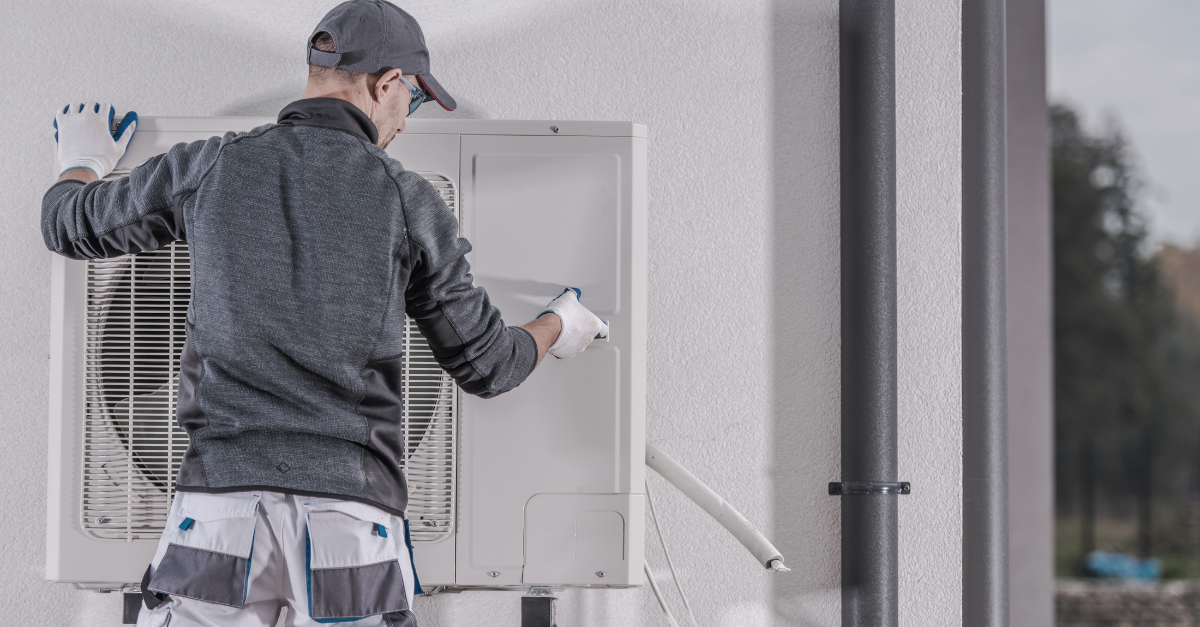Electrification is the process of converting systems powered by fossil fuels to electric-powered equipment. Many urban sectors are beginning to incorporate electrification into their required building codes. By converting fossil fuel powered equipment to electric systems the on-site carbon emissions produced by fossil fuel-based systems is removed. Electrification also allows the flexibility to integrate renewable energy sources such as wind, solar and hydroelectricity into the power source further reducing the overall carbon emissions.
Carbon Consumption
According to a report published by the National Renewable Energy Laboratory (NREL), space heating, water heating and cooking account for the majority of fossil fuel use in residential and commercial buildings. Electrification alone can result in a reduction of emissions of over 41% by the year 2050.
One of the concerns of implementing electrification is grid load. But NREL concludes that moderate increases in the energy efficiency of devices can possibly reduce the expected growth rate of electricity consumption by up to 50%.
Heat Pump Technology
In the simplest terms, a heat pump moves heat from a low temperature to a high temperature using a refrigerant. The refrigerant absorbs heat, evaporates and when the gas is compressed it will condense and release heat as it condenses. The heat pump has a reversing valve that allows the flow to switch the condenser and the evaporator to provide air conditioning or heat.
Typically, it is more efficient to move heat than to generate it. In a presentation by the US Department of Energy, they showed that a heat pump water heater consumed one third the amount of gas used to produce the electricity needed to heat one unit of water than a gas water heater or an electric (resistant) water heater. Commercial heat pump water heaters can be 3-4 times more efficient than electric resistance units.
There is not an opportunity to substitute renewable energy when using a gas water heater like there is when using an electric unit. And the heat pump unit will place a lower demand on the renewable energy source.
An air source heat pump will pull the heat from the air and works harder to heat the building when the temperature is lower. Based on the refrigerant used, many heat pumps can work quite well at lower temperatures; most are rated down to 17 degrees. They will still operate below their rating but will lose some efficiency.
Ground source heat pumps pull the heat from the ground which has a more consistent temperature than the air. In the summer the ground temperature is cooler than the air and in the winter the ground temperature is warmer than the air. There are different configurations to run the water loops that can be engineered to suit the unique environment of the building that will be served.
The refrigerants that are used in heat pumps can be an environmental concern. The refrigerant in the heat pump is a closed loop and should not need to be recharged. If there is leakage, it becomes concerning. But natural and zero global warming potential refrigerants are emerging in the market and will address this concern.
Smart Electric Buildings
Using smart building technology and with careful planning, an all-electric building can be designed to consume energy when renewable sources are available which will strategically decrease carbon emissions. Smart thermostats and occupancy sensor can also be managed to time energy consumption during off-peak hours.
Conclusion
The versatility of heat pump technology means it can be effective in small buildings like single family homes as well as large commercial facilities. Emerging innovation design will improve heat pump performance over the already impressive reduction in energy consumption that units in today’s market provide over traditional systems. There is no doubt heat pump technology will be a key factor in the drive to electrification.
Albireo Energy has extensive experience in heat pump design and implementation. With a large equipment partner base, we can assist facility managers in selecting the right heat pump technology for their building to achieve the greatest savings while complying with climate goals.







